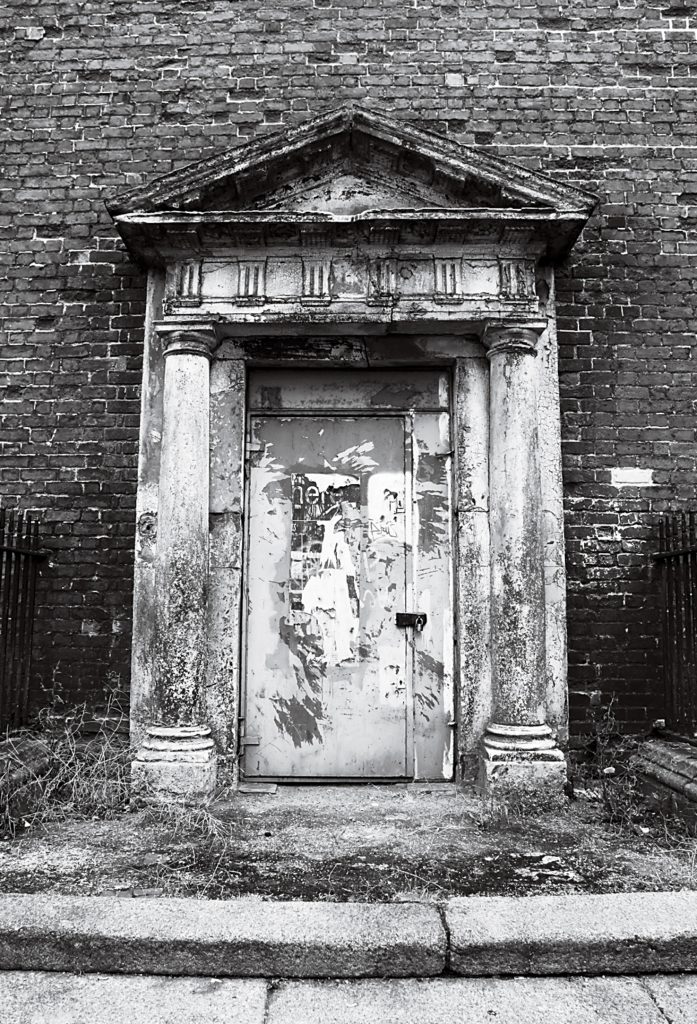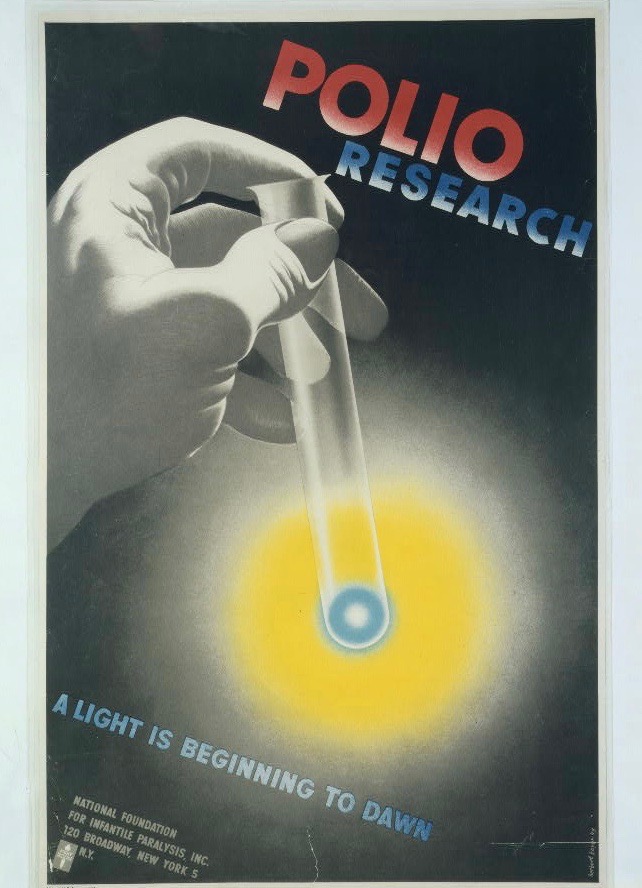
Tuesday, January 26
Jason of Energy Associates has become a regular caller. One can no more shake Jason—who has telephoned at least ten times of late—than one can evade the college alumni magazine.
Unlike other marketers, whose unsexed, android voices might wish you to be aware of a Medicare benefit to which you are entitled, Jason seems to be a real, bona fide human—although Emily tells me that the most recent “Jason” isn’t Jason at all: She knows his voice, and this isn’t he.
Perhaps there is no true Jason—it’s just a non-threatening, New Agey name, suggestive of Argonautical questing but not at all of home invasions or midnight vandalism. No, Jason, I feel assured, is at home in bed early, preparing each evening for a long next day of friendly and helpful phone calling to those in need of reduced-carbon electricity options.
Walgreen’s, another frequent caller, wishes to inform us (not sure which one of us) of a prescription that has been delayed due to an insurance issue, which they are working to resolve. One might wonder just which prescription is at issue here. But wonder in vain…Walgreen’s friendly but disembodied voice isn’t going on record with that information.
Nor can I shake my worrisome dreams. They wake me at 5 a.m., like some insistent car alarm or military bugler, and then I begin worrying about an altercation I had with a co-worker or fellow Zabar’s customer back in the 1980s. These embarrassing life experiences cling to my unconscious mind, ever ready to spring forth in a new burst of angst and remorse. Take that time I had a fist fight in the 8th grade band room…or maybe that disappointing grade in 11th grade geometry class. I had so wanted, and felt I deserved, an A. Why? Who cares? I still do, it seems.
We recently viewed two very engaging streaming videos, each of which featured young male protagonists who are tempted by society’s glittery materialism, yet quietly choose more humane options. In the short French Entracte (or Intermission), a teenage boy all but accidentally watches Vittorio De Sica’s neorealistic classic The Bicycle Thief while his friends sneak off into another theater to see The Fast and the Furious 8. Afterwards, they rave about that action flick’s big budget and exciting title sequence, as our classic film watcher says nothing but silently reflects on De Sica’s profound depiction of father-son bonding amid desperate poverty. (Entracte is part of the online My French Film Festival.)
In Netflix’ The Life Ahead, an aged and ailing Madame Rosa (86-year-old Sophia Loren) adopts an African-migrant teenage boy, Momo, who secretly deals drugs. He clearly delights in the lucrative and hard-partying, fast-lane life, but gives it up when the sinking Rosa needs his support. Momo’s is a choice in favor of Rosa’s love and that of her community, which includes a prostitute and her child, a shopkeeper, and a physician.
It turns out that Netflix has several classic Sophia Loren movies, including The Sign of Venus and Scandal in Sorrento. Actors in the latter, very silly farce include a middle-aged de Sica, who’s infatuated with the ravishing Loren but comically out of his depth.
Dinner: pork chops with apples, braised kale, and an avocado and lettuce salad.
Entertainment: Scandal in Sorrento.




